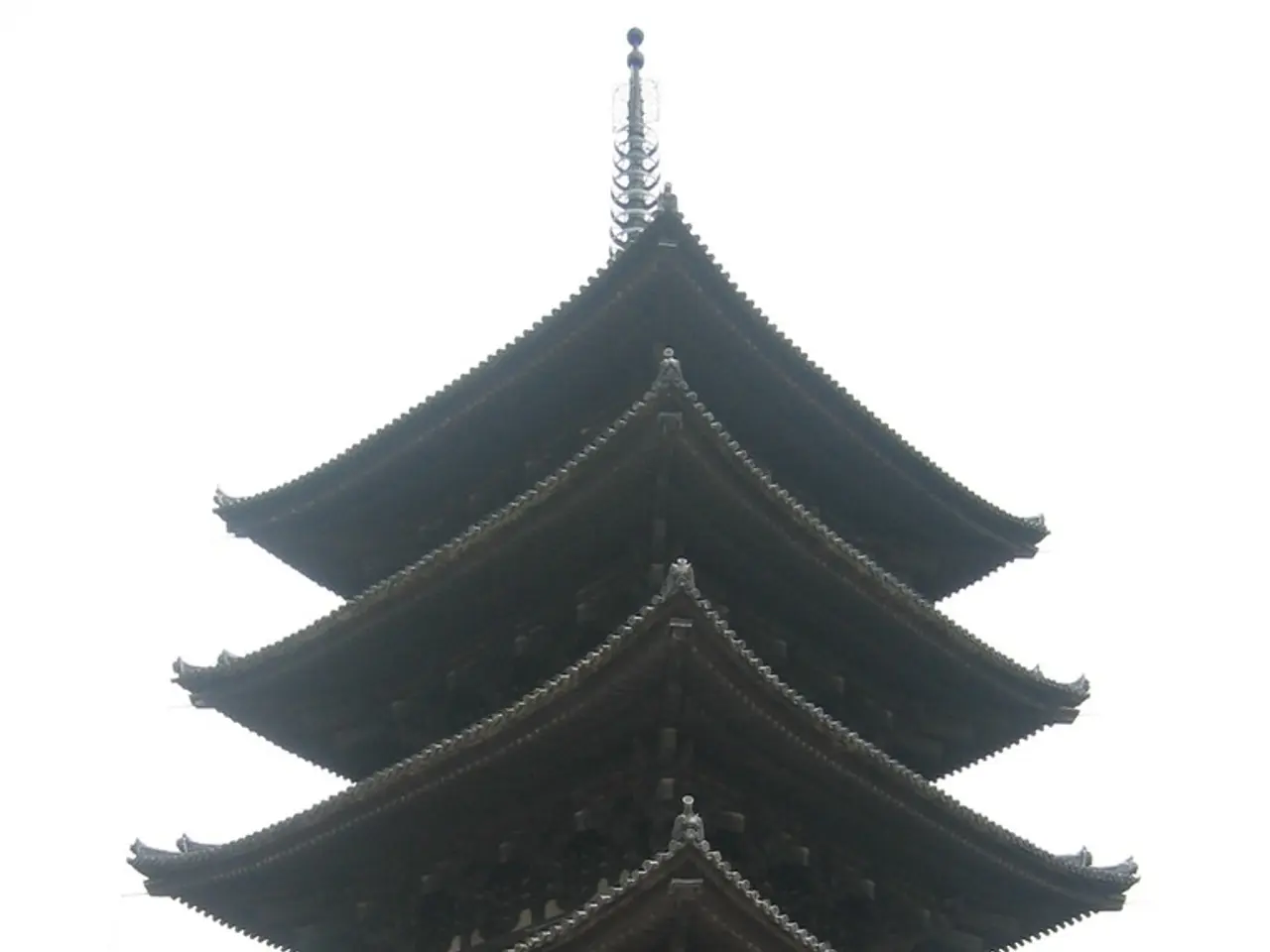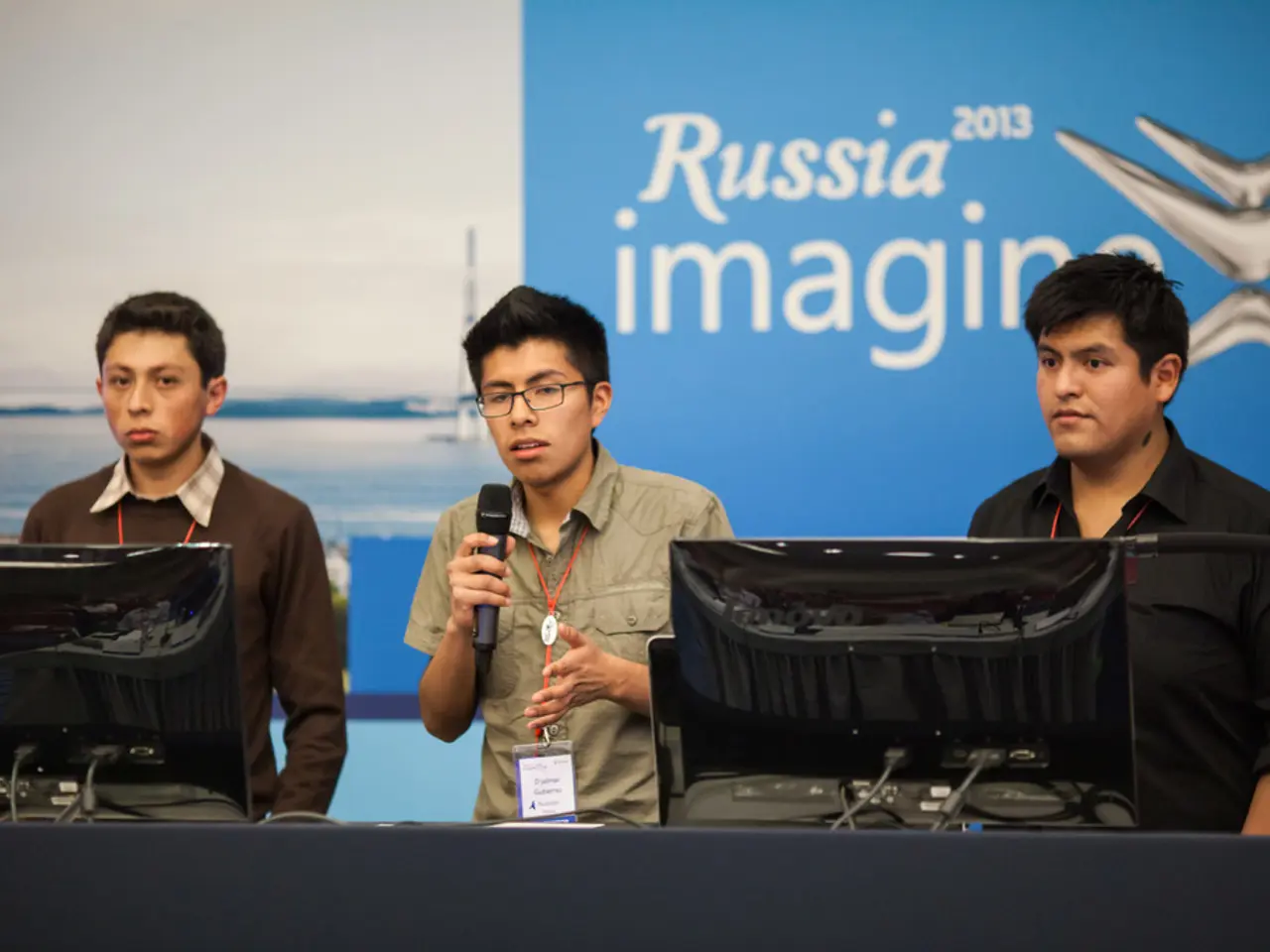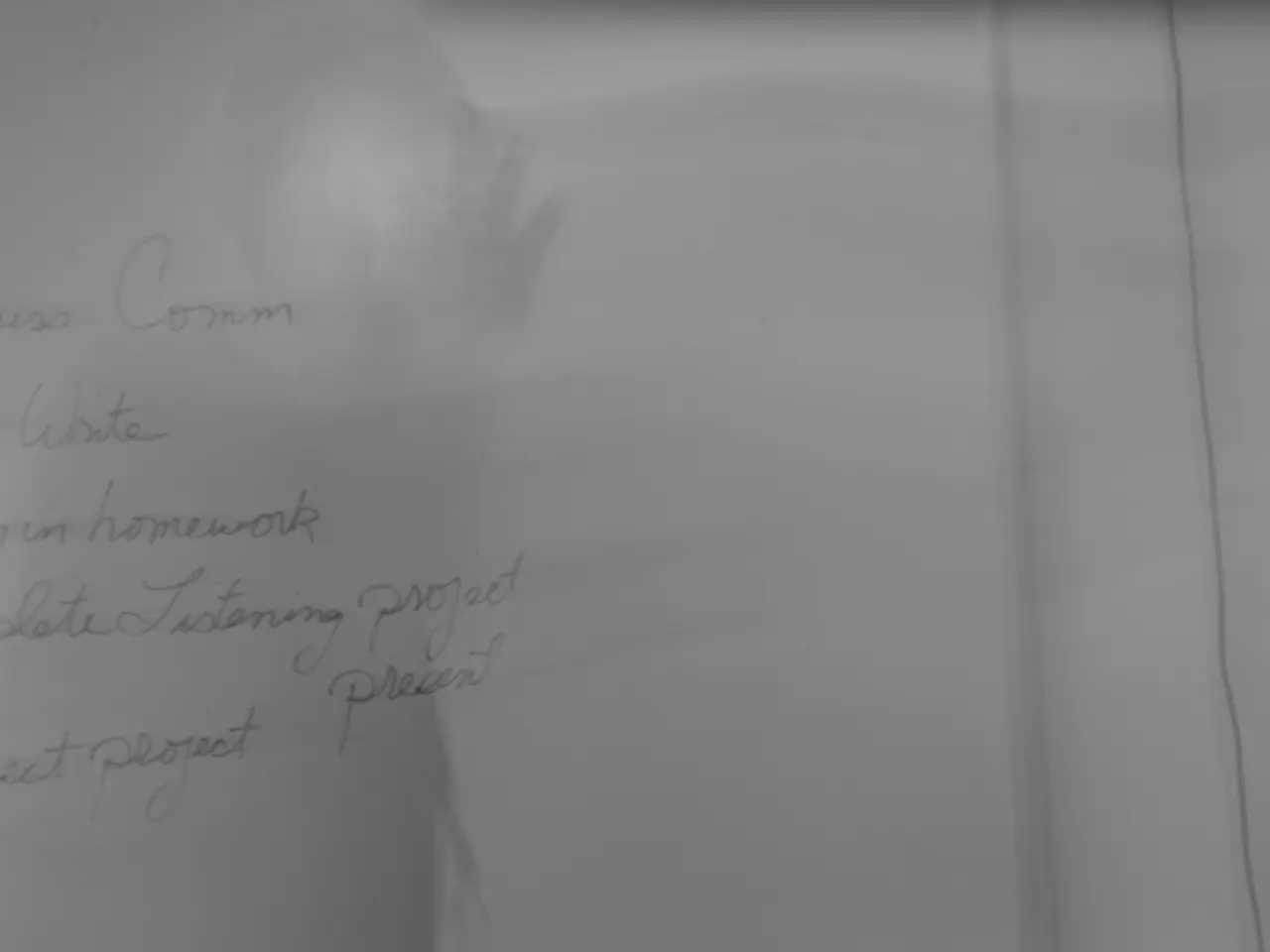EU and Japan deliberate on establishing alternative sources for rare earth elements
In a significant move to secure a stable supply of critical resources for their high-tech industries, the European Union (EU) and Japan are exploring joint supply chains for rare earth minerals. This collaboration, set to be announced at their leaders' summit on July 23, 2025, marks a strategic pivot from China's dominance in the rare earth market.
The partnership, detailed in a report published by the Japanese business newspaper Nikkei and German news outlet ntv.de, is a comprehensive, phased approach involving investment, regulatory alignment, technological innovation, and supply chain diversification. The goal is to significantly reduce the dependence of both parties on China for rare earths over the next five years, with full commercial scale integration targeted by 2030.
The phased implementation plan spans from 2025 to 2030. Phase 1 (2025-2026) focuses on laying the groundwork, with official announcements, working-level dialogues, vulnerability assessments, prioritizing projects, and developing regulatory harmonization. Phase 2 (2026-2028) emphasizes investing in 3 to 5 major mining operations outside China, building processing facilities in strategic locations, setting up joint procurement mechanisms, fostering research on alternative technologies, and enhancing recycling infrastructure. Phase 3 (2028-2030) aims at scaling production to commercial levels, integrating outputs into manufacturing, establishing strategic reserves, and adjusting strategies based on market assessments.
Strategic objectives include decreasing reliance on Chinese supplies to below 50% for Japan and 70% for the EU by 2030, ensuring supply resilience against disruptions, achieving cost competitiveness close to Chinese benchmarks, reducing environmental impacts of rare earth production by 40%, and advancing innovative separation technologies.
Prior to this partnership, Japan has been diversifying sources through collaborations with Australia and France, increasing recycling, and planning domestic rare earth production by 2028. The joint supply chains are also part of a broader strategy to reduce dependence on China for critical resources.
The move comes from concerns about China's dominance in the rare earth market and its potential to use these minerals as a tool for political and economic leverage. Rare earths are essential for various high-tech and military applications, including manufacturing high-tech products like smartphones and electric motors, as well as for military technology.
The joint supply chains could potentially include Australia as a supplier, as negotiations are underway. The development and management of new rare earth mines take time, making the joint supply chains a long-term project.
This collaboration is expected to complement the defense industry collaboration between Japan and the EU, aiming to build joint supply chains and reduce reliance on other major powers, further enhancing their strategic position in the global market.
The Commission, recognizing the importance of industrial, financial, and business sectors' reliance on a stable supply of rare earth minerals for their high-tech industries, has also adopted a proposal for a directive on the protection of the environment, emphasizing the need for sustainable extraction and processing methods to minimize potential negative impacts.
Additionally, as part of the broader strategy to reduce dependence on China for critical resources, this joint supply chain partnership between the EU and Japan also aims to foster research on alternative technologies and improve recycling infrastructure to reduce the overall demand for rare earth minerals, promoting a more sustainable and resilient economic future.




